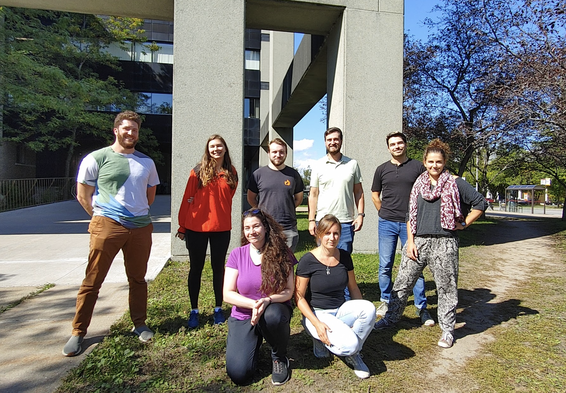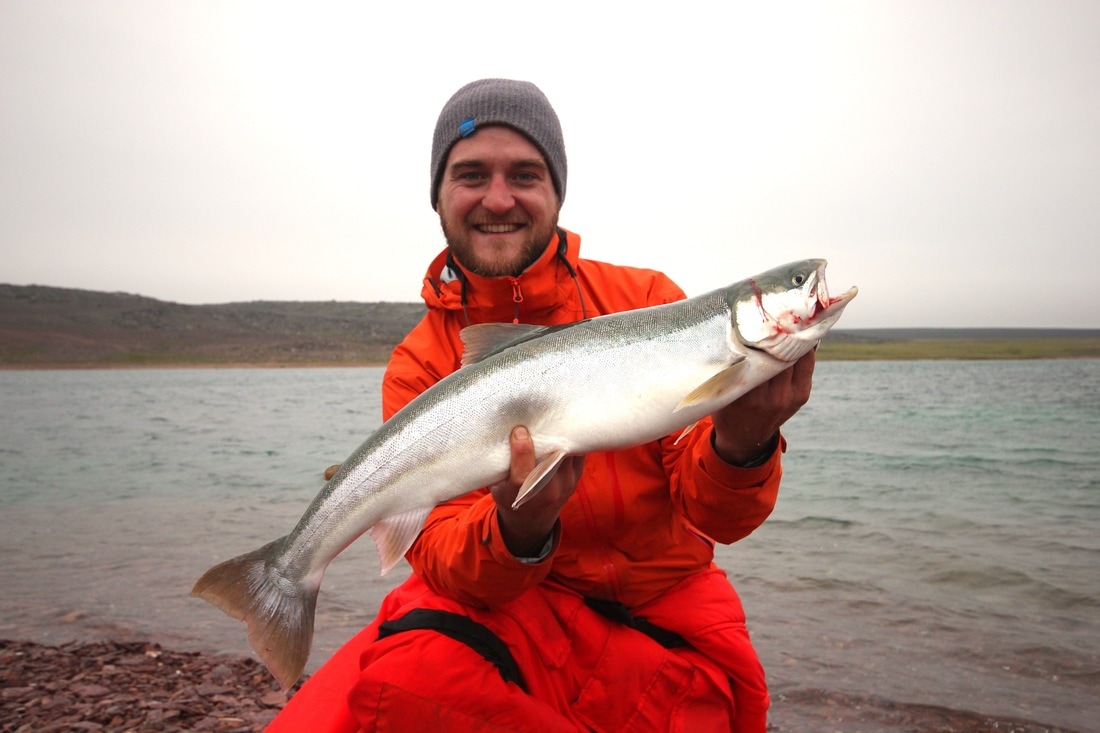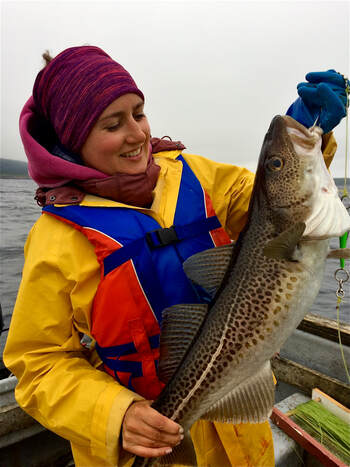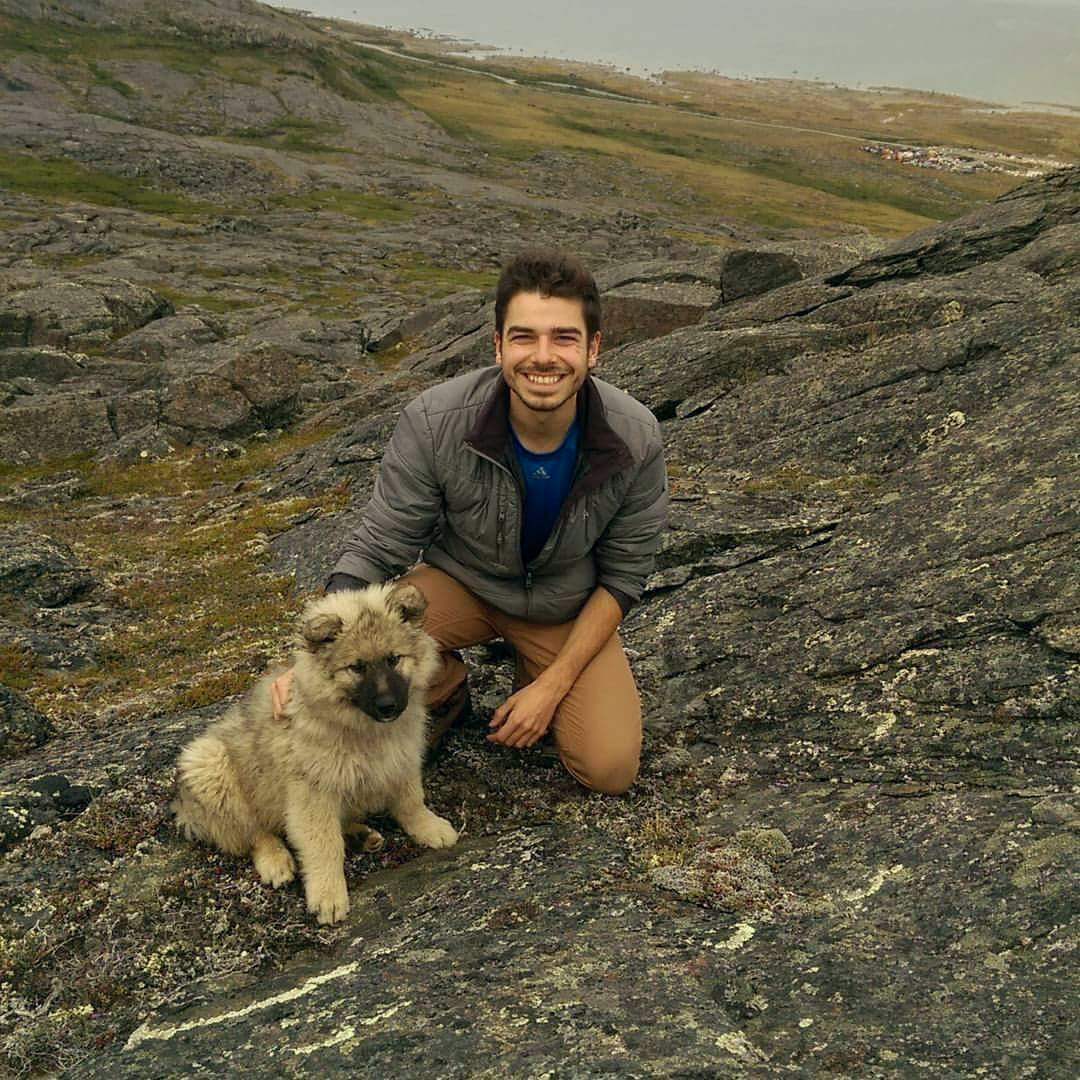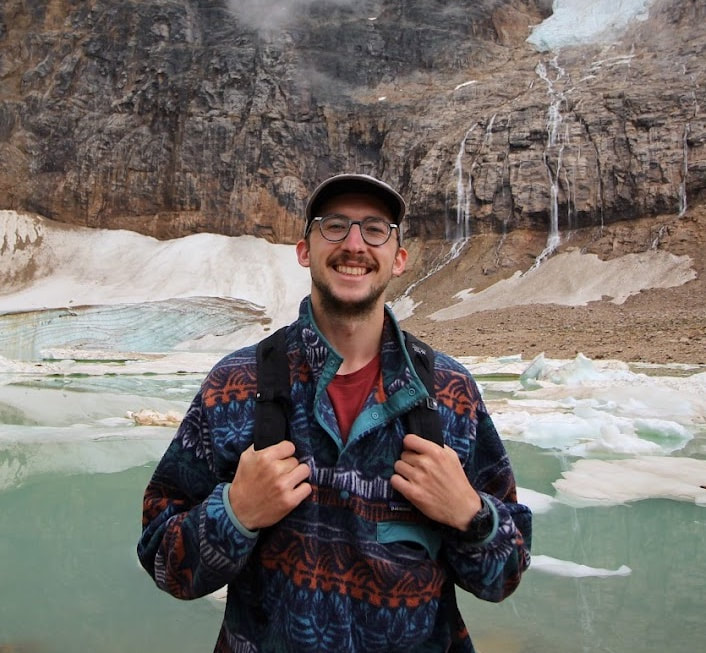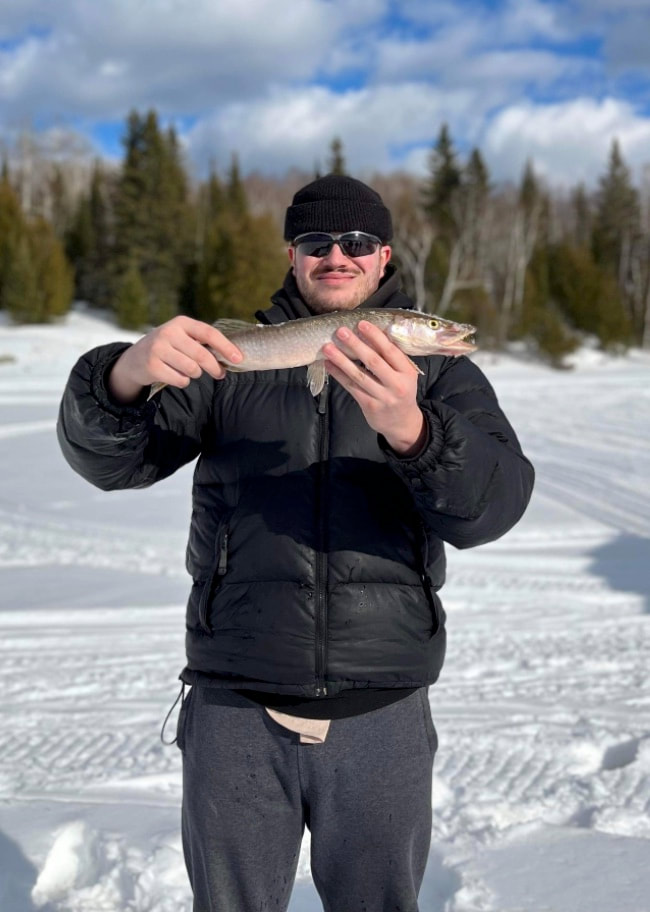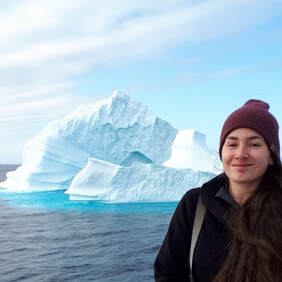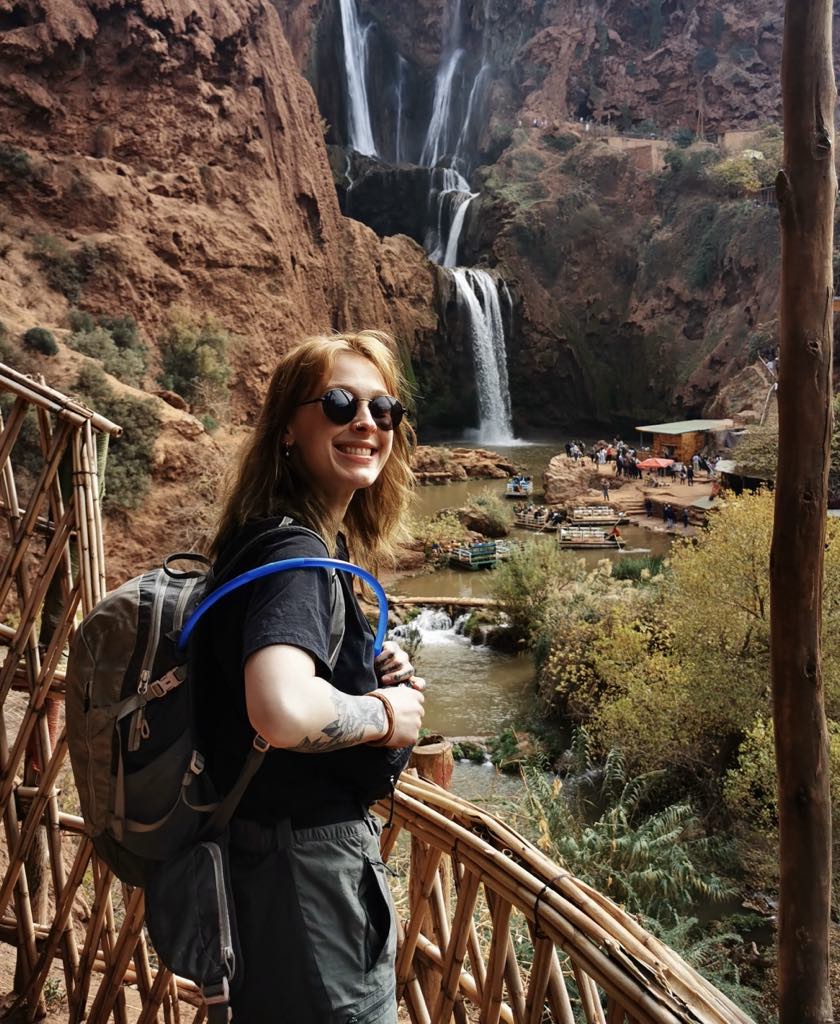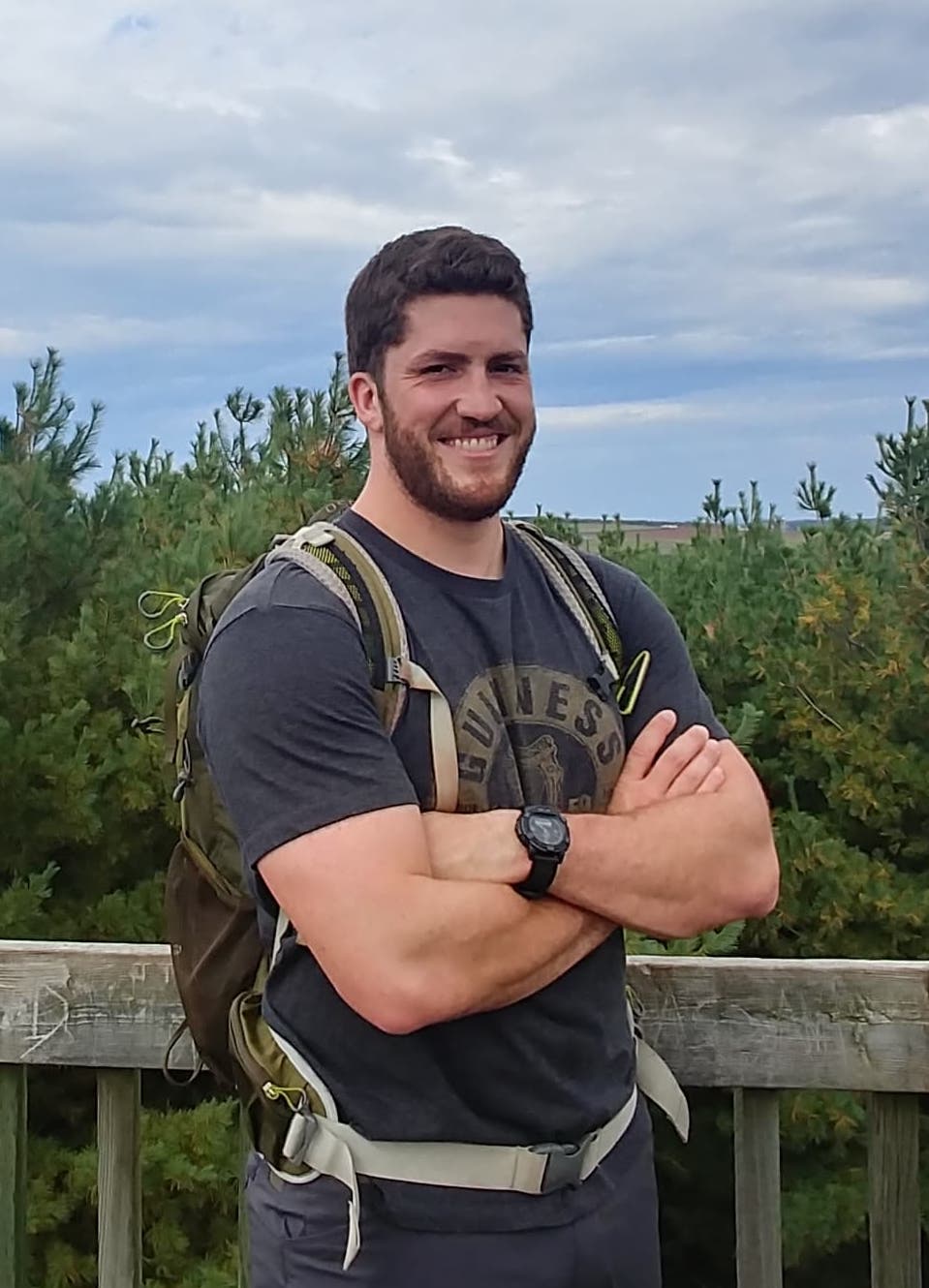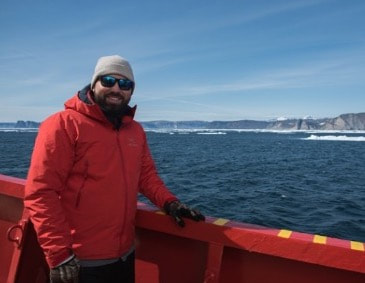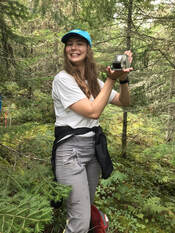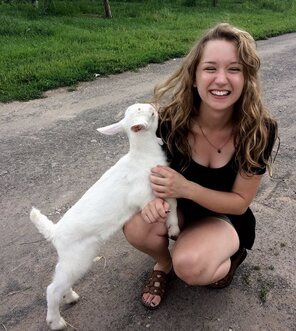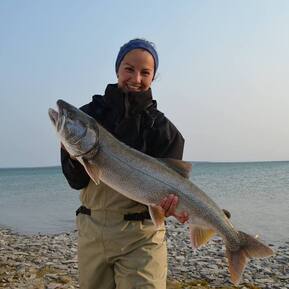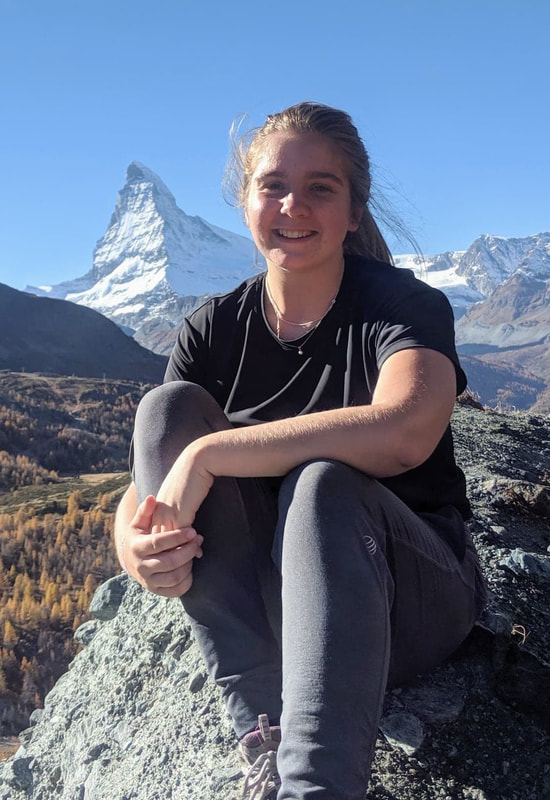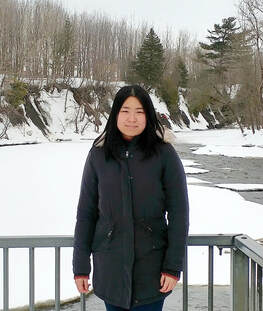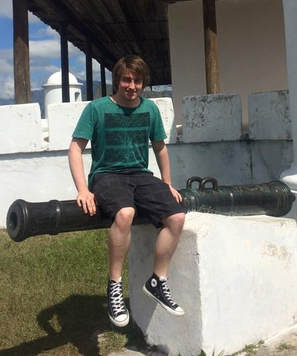Jean-Sébastien Moore
|
Anne Beemelmans - postdoctoral fellowI am an evolutionary ecologist with a passion for marine life. During my Ph.D. and first postdoc, I studied how climate change-related challenges (high temperature, hypoxia) and/or biotic stressors (pathogen exposure) affect physiological stress and immune responses in Atlantic Salmon (Salmo salar) and Pipefish (Syngnathus typhle). I conducted multi-stressor and trans-generational experiments with these fish species and explored epigenetic mechanism to get a better understanding about their phenotypic plasticity and potential to acclimatize and adapt to new environmental conditions. My current second postdoctoral position with Jean-Sébastien gives me the great opportunity to broaden my research scope and study population genomics of Arctic Char (Salvelinus alpinus), a fish species that is culturally and socio-economically important for Inuit fisheries and communities in the Arctic. I am part of the FISHES project ("Fostering Indigenous Small-scale fisheries for Health, Economy, and food Security") in which we aim to develop and provide genomic tools to northern Indigenous Peoples important to manage their local community fisheries. I am keen on developing genomic monitoring tools that can be used to explore the population structure of wild and hatchery Arctic Char populations and will help us to better maintain food security in the northern regions. In my free time, I enjoy outdoor activities to be close to nature and wildlife such as hiking, cycling, kayaking, and snorkelling. I am part of "Girls Who Fish", a woman association for traditional and recreational fishing.
|
Xavier Dallaire - PhD student (also MSc 2017-2020)During my bachelor’s degree at Université de Sherbrooke, I worked on the impacts of genetic introgression on parasitism in Brook Char (Salvelinus fontinalis) in the Garant Lab. This first contact with population genetics led me to pursue graduate studies in this field. My MSc project will focus on documenting genetic structure of Arctic Char (Salvelinus alpinus) in Nunavik, Québec. This species is of great cultural and subsistence importance for local communities. My study is the first of its kind in the region, which raises the interest and promote participation of residents and regional government, without whom the sampling campaign would be impossible. A secondary objective of the project will be to investigate local adaptations in Nunavik Arctic char, due to contrasting oceanographic features. These analyses will rely on data collected during missions of the icebreaker Amundsen, as part of the BriGHT project (Bridging Global change, Inuit Health and the Transforming Arctic Ocean).
|
|
Félix Labrecque - MSc student
During my bachelor's degree in biology at Université Laval, I thoroughly enjoyed courses in evolutionary biology and genetics. This interest in evolutionary questions, combined with my passion for rivers and their fish populations, motivated me to undertake a master's project in population genomics. The main objective of this research project is to identify the genetic basis of migratory polymorphism in Dolly Varden (Salvelinus malma) using low-coverage whole-genome sequencing. In this species, as in many other salmonids, two migratory forms coexist in sympatry: anadromous individuals that migrate to marine feeding grounds and resident individuals that remain in freshwater. The study populations for my project are located in the Babbage, Rat, and Big Fish rivers, situated in the Yukon North Slope and west of the Mackenzie River delta. This project will enhance our understanding of the genetic underpinnings of alternative life history traits that are anadromy and residency in salmonids while also confirming the population structure of Dolly Varden observed in previous studies. |
|
Jean-Félix Chabot - MSc student (previously undergrad honours)
Marine biology has always held a significant place in my life. Whether it's scuba diving, which I've been practicing for 10 years, or fishing, I've always had the idea of studying biology at university. My interest in salmonids began during my research assistant job at LARSA, where I worked on Atlantic Salmon (both anadromous and landlocked forms) for nearly two years. Subsequently, I took ichthyology courses with Jean-Sébastien, where I had the opportunity to learn more about fish and express my interest in doing my undergraduate project with him in my final year. My project aimed to describe the diet of anadromous Lake Trout (Salvelinus namaycush) in the Canadian Arctic, specifically south of Victoria Island in Nunavut. I employed DNA meta-barcoding analysis to identify prey species in the stomach contents of 18 individuals captured in brackish waters using the mitochondrial COI gene, and we were able to identify 43 species that lake trout feed on in the sea. This project allowed me to develop a strong interest in Arctic research. This is why I will continue my academic journey in the Moore Lab for my master's degree starting in the fall of 2023, focusing on population genetics of Arctic Char (Salvelinus alpinus) from a region in Nunavut using genetic tools developed by other lab members, such as GTseq, targeting SNPs in a large number of individuals. I am also a huge fan of rock music from the 60s-70s, and I love spending time in the forest collecting various edible mushrooms. |
Marie-Hélène Picard - MSc student
|
Léa Dorion-Joannette - undergrad honoursMy interest in biology began at a very young age. My mother, a biologist at Fisheries and Oceans, greatly influenced my passion through her experience and adventures in this field. However, I thought that becoming a biologist was too obvious of an answer to the question of what I wanted to do later on. So, I started studying languages and criminology before eventually returning to what should have been my vocation, by beginning a bachelor's degree in biology. Currently in my third year, my passion continues to grow every day. I am particularly fascinated by the aquatic world, which led me to Jean-Sébastien's laboratory to take the Introduction to Research course. In this context, I will identify prey species in the stomach contents of Arctic Char (Salvelinus alpinus) that could not be identified using the morphological method as part of Marie-Hélène Picard's master's project. DNA barcoding analysis will be employed to identify these species. This project will help me acquire knowledge in genetics and molecular biology, areas that I felt were lacking in my academic background. It will conclude in the fall of 2024, simultaneously with the completion of my bachelor's degree. I will then pursue a master's degree in the fall of 2025.
|
Alumni:
Sara Bolduc - MSc student
|
Maude Sévigny - MSc student 2017-2021
|
